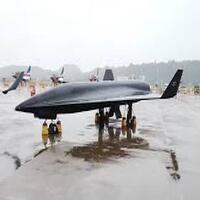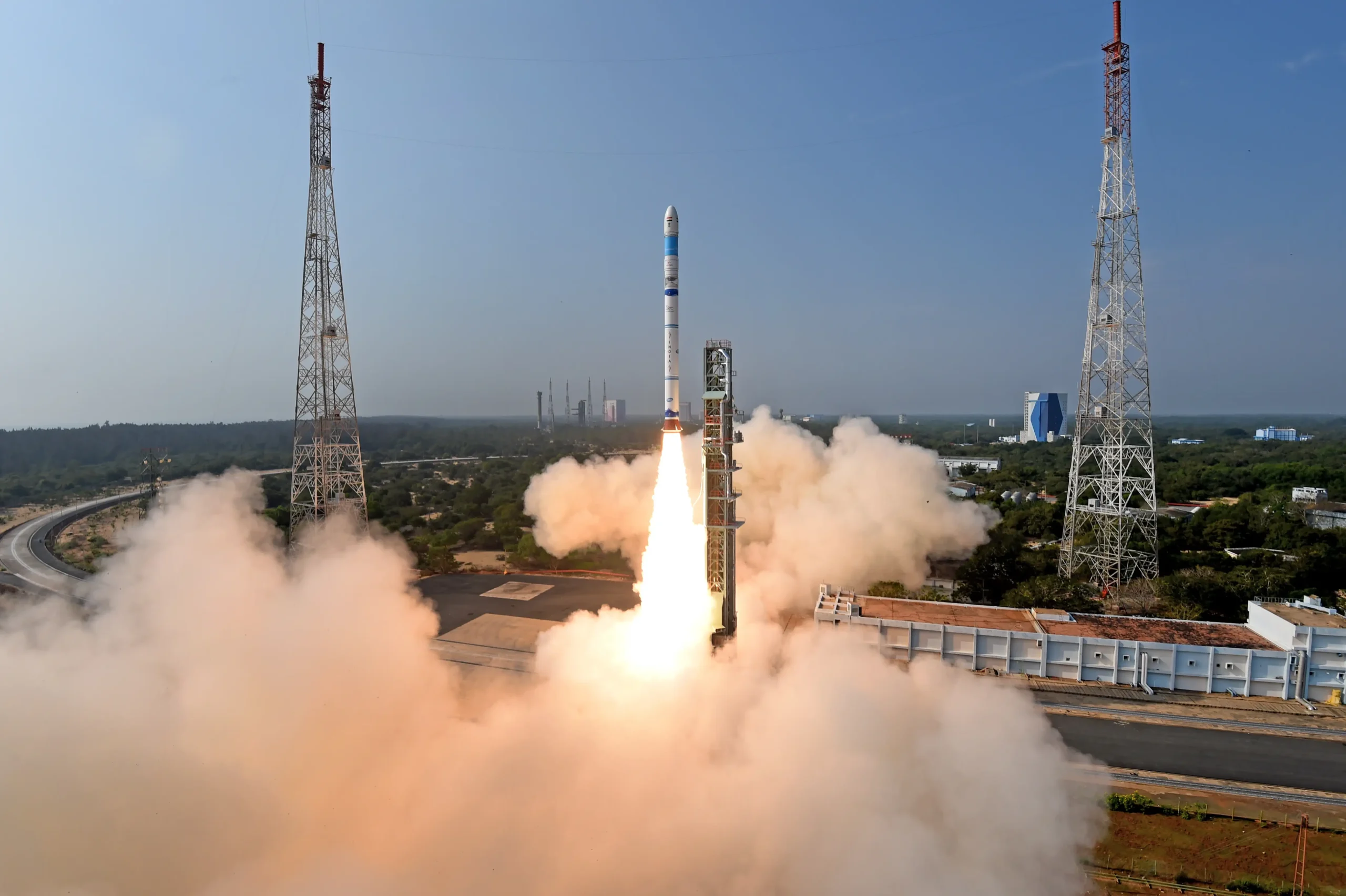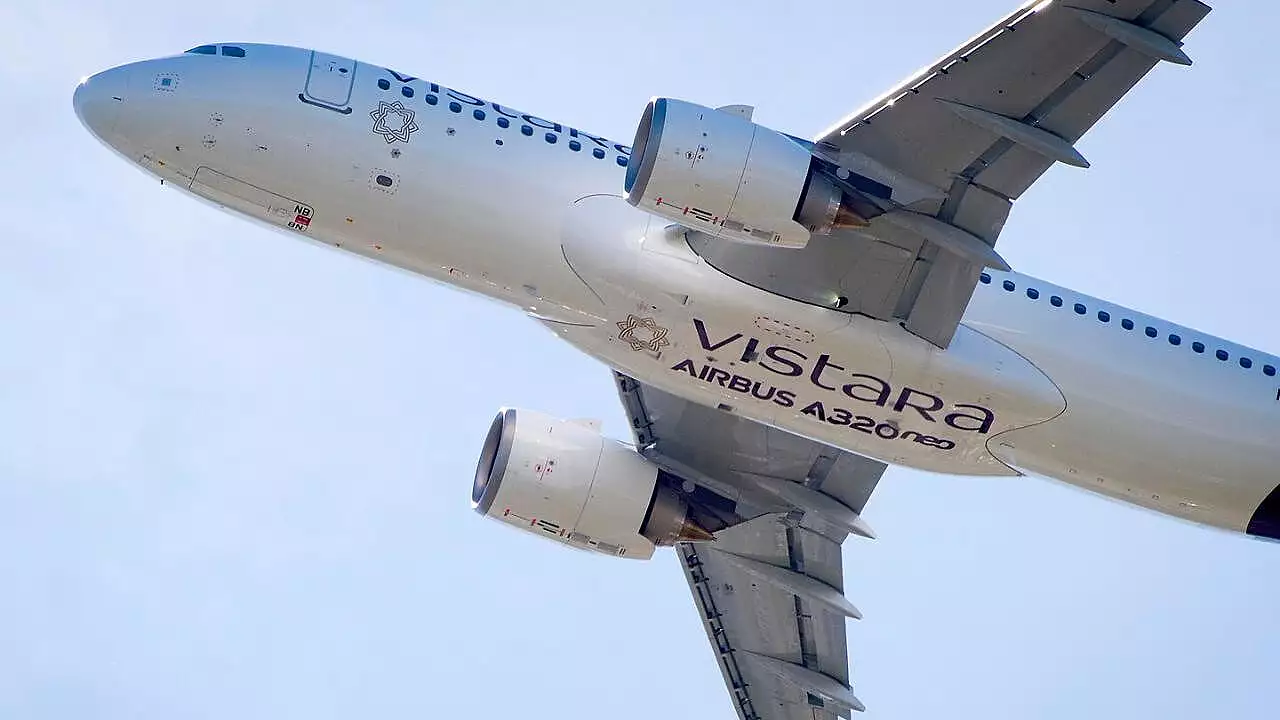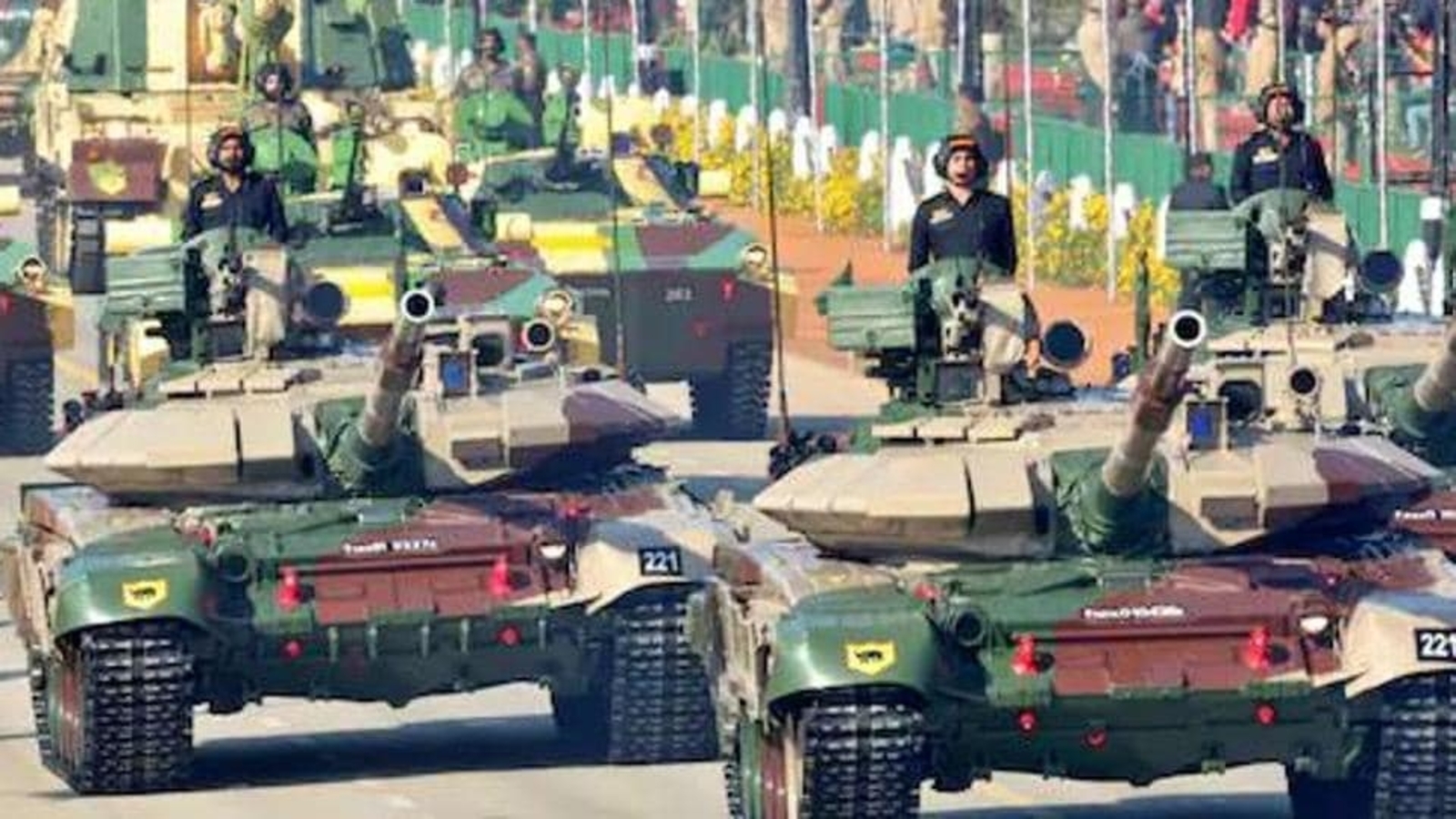
- India’s Defense Exports: A 30 Fold growth in Last 10 Years
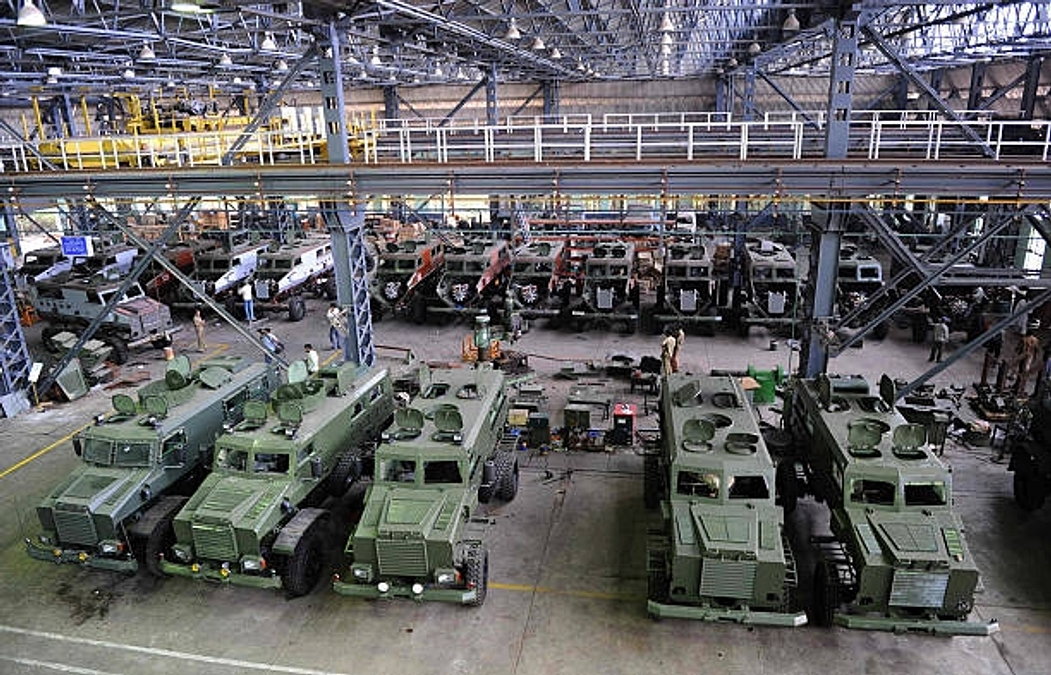
Approximately 100 companies currently export defense equipment from India, a senior official said. With exports to over 85 nations in Southeast Asia, the Middle East, Africa, and Latin America, India’s defense industry has demonstrated its capacity for design and development to a global audience.
Over the past ten years, the government has implemented economic reforms and launched a number of policy initiatives, such as “Made in India,” to boost defense exports. He continued, “End-to-end online export authorisation has streamlined and made export procedures industry-friendly, bringing about ease of doing business and reducing delays.”
Additionally, the Atmanirbhar Bharat projects have benefited the nation by promoting domestic design, development, and manufacturing of defense equipment, which has reduced long-term reliance on imports.
The rise of the private sector as a provider of defense equipment, with firms like Larsen & Toubro, Tata Advanced Systems, and Bharat Forge emerging as key players, has been a noteworthy development.
India’s defense exports have increased thirty times in the last ten years, a phenomenal increase. This country’s rapidly expanding defense production capabilities and its strategic efforts to become a major global arms supplier are demonstrated by its exponential expansion. This article examines the causes of this sharp increase, the major international markets for Indian defense exports, the categories of military hardware sent, and the industry’s outlook.
The Defense Industry’s Growth in India
Since its establishment, India’s defense sector has advanced significantly. India, which has historically relied on imports to meet its defense requirements, has progressively grown to become a major player in the world weapons market. Various elements have played a role in this change:
1. Initiatives and Policies of the Government
– Made in India: Introduced in 2014, the program’s goal was to increase domestic production, particularly in the defense industry. This strategy created the groundwork for a strong military sector by promoting domestic manufacturing and lowering reliance on imports.
– Defense Procurement Policy: The policy has been revised to streamline processes and create a more favorable atmosphere for the involvement of the private sector.
– Strategic Alliances: To promote knowledge transfer and joint ventures, the government has established strategic alliances with international defense companies.
2. Private Sector Involvement – Enhanced Private Participation: The defense sector’s deregulation has drawn a number of private enterprises, encouraging competition and creativity.
– Innovation and R&D: Indian businesses have made large investments in R&D, which has resulted in the creation of cutting-edge military hardware.
3. Defense Manufacturing Modernization
– Advanced Technology: The quality and dependability of Indian defense products have increased as a result of the industry’s embrace of cutting-edge technology in manufacturing.
– Skilled Workforce: The defense industry has a consistent supply of qualified experts thanks to an emphasis on skill development.
Important Markets for Defense Exports from India
India now supplies defense equipment to several nations on several continents. Among the important markets are:
- South-East Asia
– Vietnam: To improve bilateral defense ties, India has sent Vietnam patrol boats, missiles, and radar systems.
– Myanmar: Torpedoes and cutting-edge light helicopters are among the defense equipment exported to Myanmar. - Africa – Mauritius: India has supplied Mauritius with surveillance gear and offshore patrol boats.
– Mozambique: Personnel training and rapid interceptor boats are supplied to Mozambique. - Middle East – United Arab Emirates: The UAE has acquired several Indian defensive systems, such as artillery and armored cars.
– Oman: Naval systems and training planes are among the defense exports to Oman. - The Americas
– Chile: Transport helicopters and light combat aircraft have been delivered to Chile by Indian defense companies.
– Brazil: India has given Brazil radar systems and cutting-edge communication gear.
India supplies a vast array of military hardware to meet the demands of its global customer base through its defense export business. Among the well-known categories are:
- Helicopters & Aircraft: Tejas Light Combat Aircraft The Tejas is an indigenously developed multirole fighter aircraft that has attracted interest from multiple nations.
– Dhruv Advanced Light Helicopters (ALH): These adaptable helicopters have been exported to several nations for use in transport, surveillance, and search and rescue missions. - Naval Systems – Patrol Vessels: India has improved its clients’ maritime security capabilities by exporting a large number of offshore and inshore patrol vessels.
– Submarine Technology: Indian companies have demonstrated their proficiency in underwater warfare by supplying submarine parts and technology to a number of nations. - Missile Systems – BrahMos Supersonic Cruise Missile: Developed in collaboration with Russia, the BrahMos missile has been a noteworthy export, attracting interest from other nations due to its sophisticated capabilities.
– Akash Surface-to-Air Missile: Several nations have received this medium-range missile system as a gift, strengthening their air defense capacities. - Artillery and Armored Vehicles – Artillery Systems: To increase its clients’ firepower, India has exported cutting-edge artillery systems, such as 155mm howitzers.
– Armored Vehicles: Due to their reputation for dependability and durability, Indian armored vehicles are in high demand throughout the country. - Systems of Electronics and Communication
– Radar Systems: India has produced sophisticated radar systems that have been exported to several nations, enhancing its capacity for monitoring and surveillance.
– Communication Equipment: A significant portion of India’s defense exports are secure communication equipment, which are necessary for contemporary combat.
Also Read: A South Korean robot’s apparent “suicide” sparks a debate on ethical treatment and overwork in robotics.
Also Read: India unveils Zorawar, a lightweight tank by DRDO and L&T, highlighting rapid development and cutting-edge defense technology.
Strategic Partnerships and Alliances
India’s increase in defense exports has been aided by joint ventures and strategic alliances with top international defense companies. These collaborations have promoted innovation, talent development, and technology transfer.
- Partnerships
– BrahMos Aerospace: An Indo-Russian defense cooperation first, BrahMos Aerospace is a joint enterprise with Russia that has successfully produced and exported the BrahMos missile.
– Hindustan Aeronautics Limited (HAL) and Russian Helicopters: HAL and Russian Helicopters have teamed to produce and market the Kamov Ka-226T helicopter. - – Hindustan Aeronautics Limited (HAL) and Russian Helicopters: HAL and Russian Helicopters have teamed up to manufacture and sell Kamov Ka-226T helicopters.
- Technology Transfer – Israel and India: Through partnerships with Israeli defense companies, cutting-edge technology has been transferred to India, strengthening its capabilities in radar systems and missile defense.
– France and India: The partnership between the two countries in the Rafale fighter aircraft purchase has strengthened India’s air force and opened the door for more cooperative ventures in the military manufacturing sector.
Possibilities and Challenges
Even with these noteworthy successes, India still has a number of obstacles to overcome before it can continue to grow its defense export business.
- Obstacles
– Global Competition: Established nations like the US, Russia, and China dominate the extremely competitive global armaments market.
– Quality Assurance: To stay credible in the global market, it is imperative to guarantee the highest quality standards and adhere to international specifications.
– Political and Diplomatic Factors: Geopolitical dynamics and diplomatic ties have a significant impact on defense exports, which calls for careful consideration. - Opportunities – Developing economies: Indian exporters are seeing new prospects as a result of the developing economies’ increasing need for defense equipment.
– Innovation and R&D: Maintaining research and development expenditures can result in the development of state-of-the-art military technologies, improving export opportunities.
– Strategic Alliances: Growing international partnerships and alliances can help open up markets and share technologies.
Also Read: India’s Nuclear Arsenal: Strategic Enhancements and Regional Stability
Future prospects
With a number of projects and developments in the works, India’s defense export business appears to have a bright future.
- Expansion of Export Base – New Markets: To diversify the export base, efforts are being made to enter new markets in Southeast Asia, Africa, and Latin America.
– Niche technology: Concentrating on unmanned systems and cybersecurity are two examples of niche technology that can create new export opportunities. - Changes in Policy
– Export Incentives: Exports of defense equipment can be increased even more by implementing export incentives and streamlining processes.
– Collaborative Frameworks: Export capacities can be improved by establishing frameworks for collaborative development and production with other nations. - Indigenous Development – Advanced Platforms: India’s standing in the world armaments market will be strengthened by the ongoing development of advanced platforms like the Tejas Mark 2 and the Advanced Medium Combat Aircraft (AMCA).
- – Self-Reliance: Reducing reliance on imports and increasing export potential are two benefits of achieving self-reliant in vital technologies.
Over the past ten years, India’s defense exports have increased thirty times over, a record surge that reflects the nation’s developing capabilities in defense manufacture. This amazing rise has been facilitated by a number of factors, including modernization initiatives, strategic alliances, private sector participation, and government legislation. The prospects for India’s military sector are promising as it persists in broadening its export base, allocating resources towards innovation, and establishing strategic partnerships. India is well on its way to bolstering its economic and geopolitical position on the international arena, contributing to international security, and emerging as a significant global armaments supplier with perseverance.
